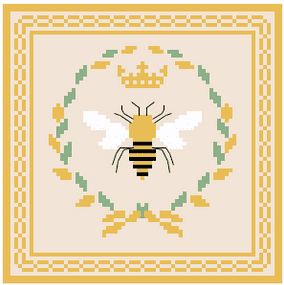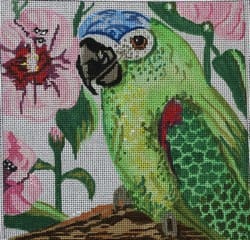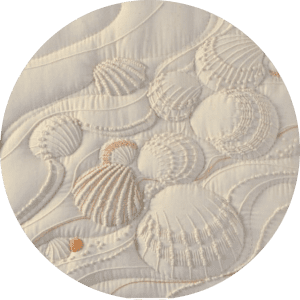Free shipping on orders over $100 (Excluding Stands)
May Trunk Shows: Funda Scully & Pajamas and Chocolate- 20% off!
$10 Flat Rate Shipping on all Orders

Themes
Designers A-L
AC Designs
Alice Peterson
Amanda Keep
Artemis Designs
Atlantic Blue Canvas
Blueberry Pnt Canvas
Cabell Stitchery
C'ate La Vie
Colors of Praise
Danji Designs
Designs By Karen
Edie & Ginger
Elizabeth Crane Swartz
Evelyn Designs
Funda Scully
Grant Point
Hedgehog Ndlpt
j child designs
Jean Smith
Jeni Sandberg
Kate Dickerson
Kate Nelligan
Kathy Schenkel
KCN Designers
K&M Hammerschmidt
Kyra Cotter
Labors of Love
Laura Love
Laura Megroz
Leigh Designs
Designers L-Z
Lee's Needle Arts
Le Point Studio
Liora Manne
Love MHB
Melinda B. McAra
Mopsey Designs
Morgan Julia
Nanci K Kreations
Oasis Designs
Pajamas and Chocolate
Paul Brent
Penny Linn
Penny Macleod
Pop! NeedleArt
Rachel Barri
Raymond Crawford
Sandra Gilmore
Sara Fitz
Scott Church
Silver Needle
Stitching with Stacey
Susan Roberts
The Collection
The Colonial Needle
The Gingham Stitchery
The Meredith Collection
The Quarter Stitch
The Salty Stitcher
Vallerie Needlepoint


























